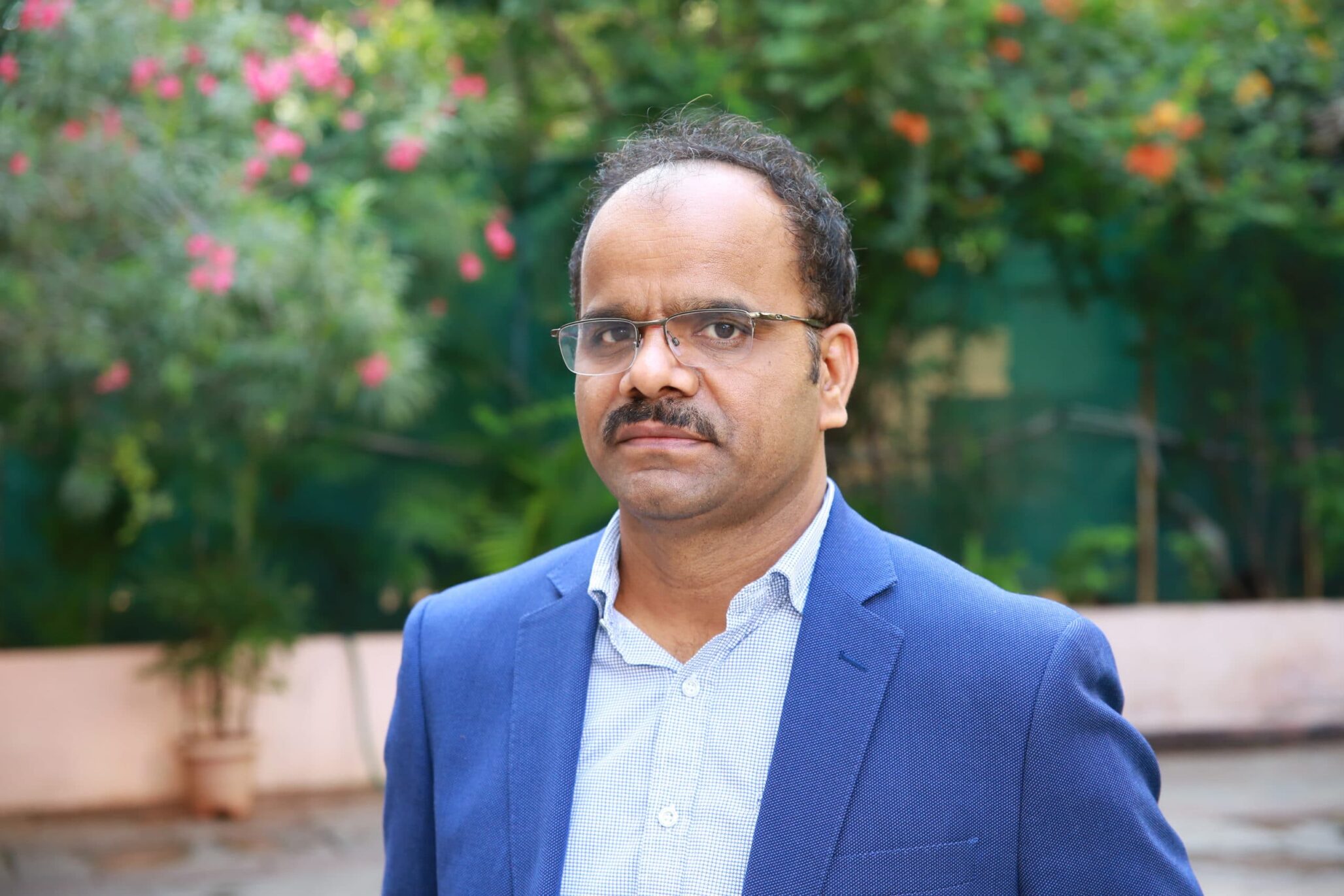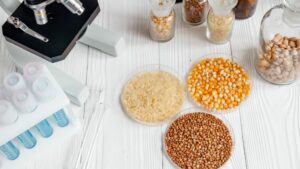High Expectations for Unfit Seeds
Development work is very rewarding, but it can also be frustrating. While you know what needs to change, the process of change at a community or industry level seems to move at glacial speeds. In writing this column, I’ve just returned from a two-week stint working in Liberia, making my way from Bong to Bomi, Nimba, Montserrado and Margibi. All are along Liberia’s main economic corridors.
Working on behalf of Seed Programs International on a vegetable seed project, my job was to assess one of the program’s partners, determine the need for seed, identify potential distribution partners, collect data on successes and failures and provide agronomic advice to seed users.
In Liberia, the definition of a farmer could be someone who has a few plants in their backyard or it could be a person with two to three acres growing crops for commercial production. Regardless of size, all of the work is done by hand with machetes, hoes and axes. Liberia receives approximately 180 inches of rainfall annually, but that’s all within a few months; it’s either wet or dry. Plants are often sown into hillsides where water can be channeled. Intercropping is very common. Palm oil and rubber trees are planted far apart with other crops, such as pineapple, ground nuts, okra and green crops, planted in between.
Agriculture accounts for about half of Liberia’s gross domestic product, and the majority of Liberians depend on agriculture for their livelihood. Fighting hunger and increasing food security remain priorities for the government of Liberia and its people. Families must choose whether resources will be put toward educating their children or providing food. It’s not an “and” situation. Resources are not plentiful and this is a daily decision for far too many.
As the ultimate source of food, seeds are considered precious — they are not distributed in bulk like in the U.S., but in small quantities ranging from 25- to 100-gram packets. Most seeds have been saved locally. Like U.S. farmers, Liberian farmers rely on good germination rates; however, their perception of commercial seed is substandard compared to what we think of as high-quality seed.
Three factors affect seed quality — time, temperature and humidity. As much international development activity is devoted to the tropics and sub-Saharan Africa, it is a foregone conclusion that moisture and temperature must be considered. However, time might be the most critical factor.
Seed quality declines over time, even under the best storage conditions and management. Conditions necessary for germination and emergence are very species-dependent. Overall, vegetable seeds are highly variable in their ability to withstand stress. Seed quality and vigor go hand-in-hand.
Donated seed might sit in a U.S. retail outlet for up to six months before being designated for donation. Already the germination level might be below what is commercially desirable in the U.S. Each time the clock ticks, seed quality drops and this begins even before seed is shipped to international destinations.
Once seed reaches its intended destination, the clock continues to tick. Dave Bender, program manager for Seed Programs International, indicates that unless timing is precise, seed might be held until optimum planting seasons arrives. This could be six months after arrival.
Many of his partners do not have access to refrigeration or even relatively cool, dry storage areas. In some cases seed remains subject to direct sunlight. From my time in Liberia, the morning and evening “cool” temperatures were about 80 degrees Fahrenheit while relative humidity ranged from 74 to 94 percent. By any standard, this represents a warm and moist environment and the rainy season had yet to arrive.
Physically damaged seed, perhaps from insect feeding, can bring about rapid seed quality degradation. I watched workers plant commercially-obtained field beans from Ghana. They indicated the seeds were of high quality and when I polled the group, they thought the germination rate would be in the 80- to 85-percent range. However, 50 percent of the seeds exhibited significant insect borings into the body of the seed. Additionally, numerous hila had heavy insect or disease damage. In my opinion, less than 50 percent had the potential to germinate.
To add it all up, it’s possible that seed might be stored in the U.S. or in Africa for six months or more before reaching its destination in Liberia, where it might be held for another six to 12 months under warm, moist conditions and perhaps even in direct sunlight. Seed quality is diminished. Now, compound that with insects feeding on the “good” seeds. Seed quality is significantly deteriorated.
What results might the smallholder farmer expect? How will he feel about his seed provider? How might he interpret the true value of professionally produced seed? He may erroneously perceive little value beyond that of locally grown and saved seed.
ASTA’s motto, “First-the Seed” says it all — whether you’re in central Iowa or northern Liberia.
Dennis Thompson is dedicated to delivering solutions and empowering people and organizations to solve complex problems related to international agricultural development and global food security. His career experience and international credentials include extension education, agronomy and administration.















